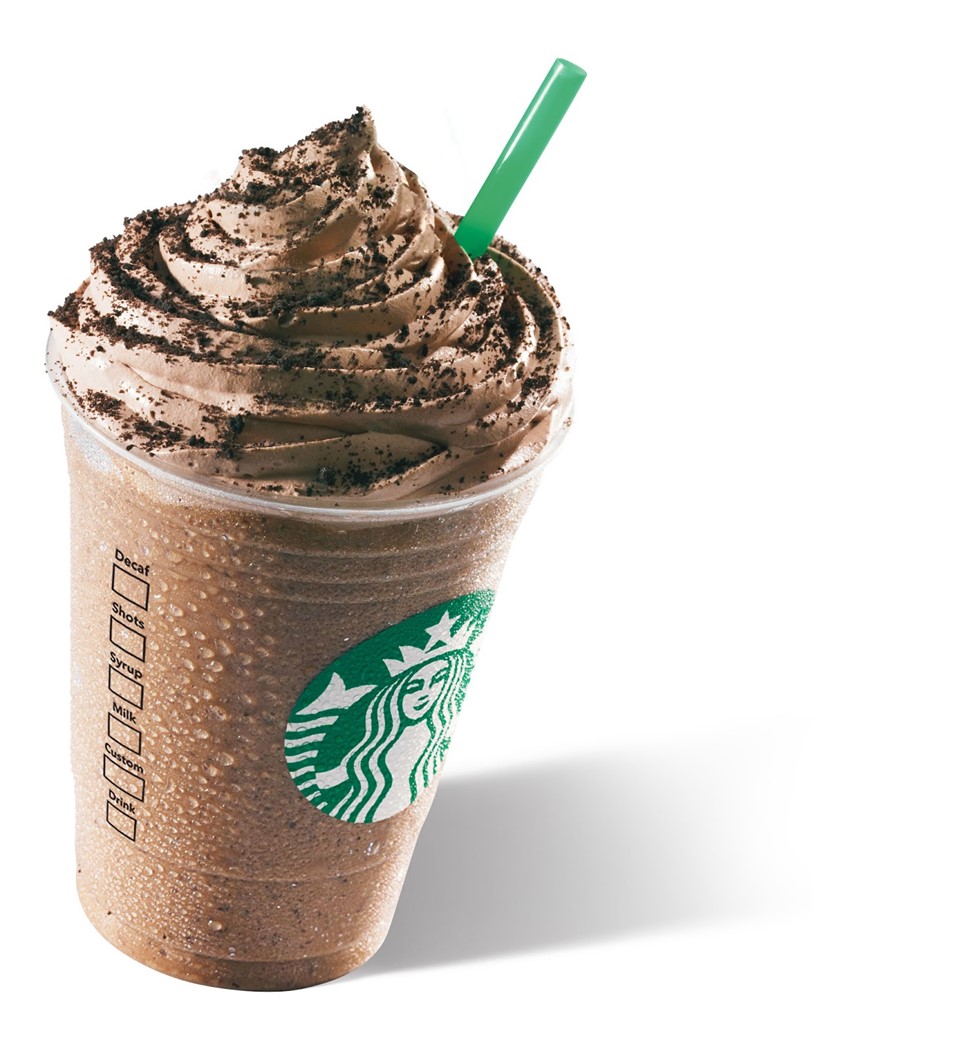Inauguration Roundup
January 21, 2013 in Daily Bulletin
Barack Obama will be sworn in for a second term today. Here are some interesting facts about the event from around the web:
- At the swearing in ceremony Obama will be using a Bible used by Abraham Lincoln resting on top of a Bible used by Martin Luther King Jr. This is to mark the 150th anniversary of Lincoln’s Emancipation Proclamation and the 50th anniversary of MLK’s March on Washington. (Yahoo News)
- Yesterday there was a dress rehearsal for the event. Military officers stood in for both the President and the First Lady. (Time)
- Wireless carriers are encouraging inauguration attendants to text their friends instead of using data heavy services such as phone calls or Facebook. Just in case they choose not to heed this advice the carriers have installed temporary mobile units to try to cope with the demands on their network (Washington Times)
- According to one interpretation of the constitution, yesterday America had a President Joe Biden for a few hours. (Josh Blackman)
- Guests aren’t sure what to wear for the event. (Wall Street Journal).


![vaisseau-star-wars-lego[1]](http://www.Centives.net/S/wp-content/uploads/2013/01/vaisseau-star-wars-lego1.jpg)







Join the Discussion! (No Signup Required)